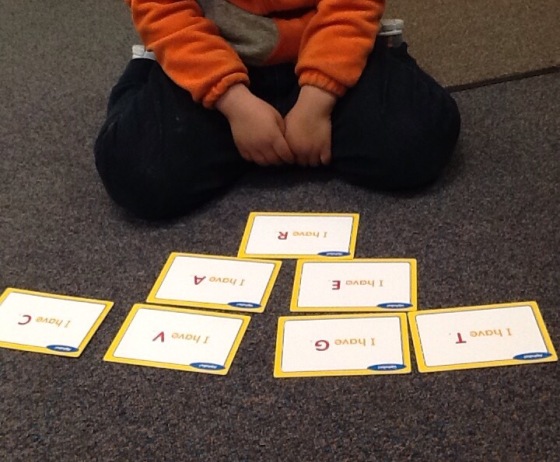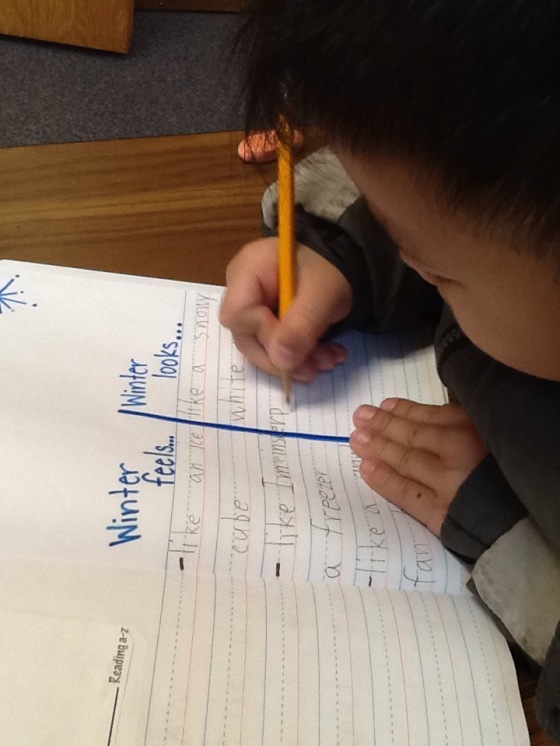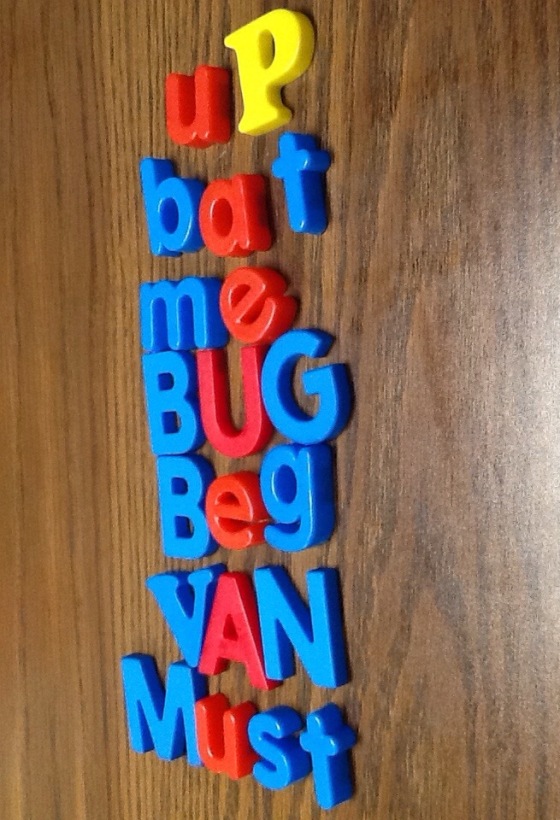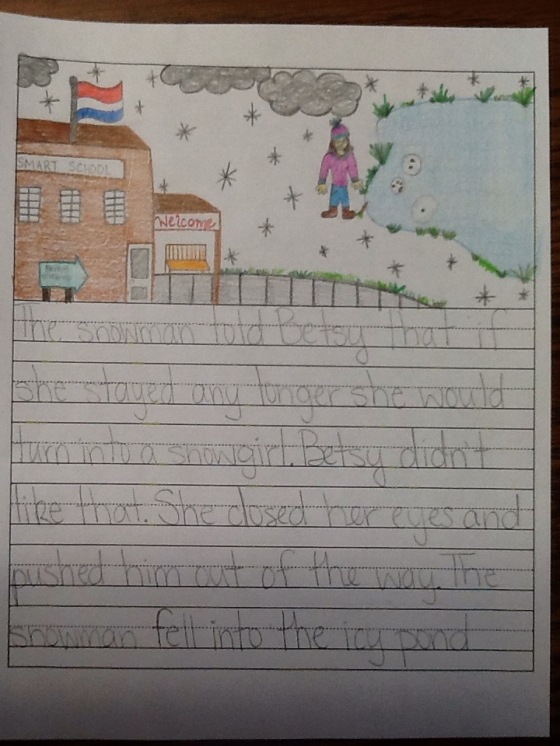
We can write adjectives anyway we want, as long as we write them right. Adjectives are so important in our writing because they paint the vivid watercolor dreams into our heads and let us imagine exactly what the author is telling us. Adjectives are used to describe or tell; more specifically adjectives are used to describe or tell about a noun. At this point we are introducing adjectives into our students’ writing to enhance their writing and to encourage them to write more, to tell us more. We get so stuck on simple sentences and avoiding all the mushy details.
For beginning writers, we are focused on just getting them to write, putting their thoughts on paper. As we progress, we are looking for those added details, the understanding of words, and the comprehension of our language. Children, especially our English language learners, are just like sponges. Through inclusion and intensive instruction, they are absorbing everything they see or hear. There’s so much going on in the world, so many things to see and talk about. They’ve all lived such interesting little lives already just by coming to a foreign country. Many times when they are writing and can’t think of a word they tend to describe what they are thinking about, what they are trying to say. So naturally adjectives are already a part of their day-to-day speaking.
Depending on their writing skills, decided how this part of speech was going to be presented. It also helped to look into books and text features that exaggerate these describing words. My example always seems to be describing a pizza. You don’t know what kind of pizza I have unless I tell you it’s a hot cheesy pepperoni pizza. When we think about the cheese sliding off of a big piece of pizza, that really gets our imaginations going…and our stomachs growling.




With the above activity, we focus on what on what we are told. We are told “the tall tree” so that tells us how big to make our tree as well as what it is that we need to draw (a tree). With the beginning writers/readers we read the statement together and I would ask “what are we drawing? What does it look like?” Whereas with more intermediate writers/readers we are coming up with adjective lists as a group or scanning short stories in search of these descriptive words.






























